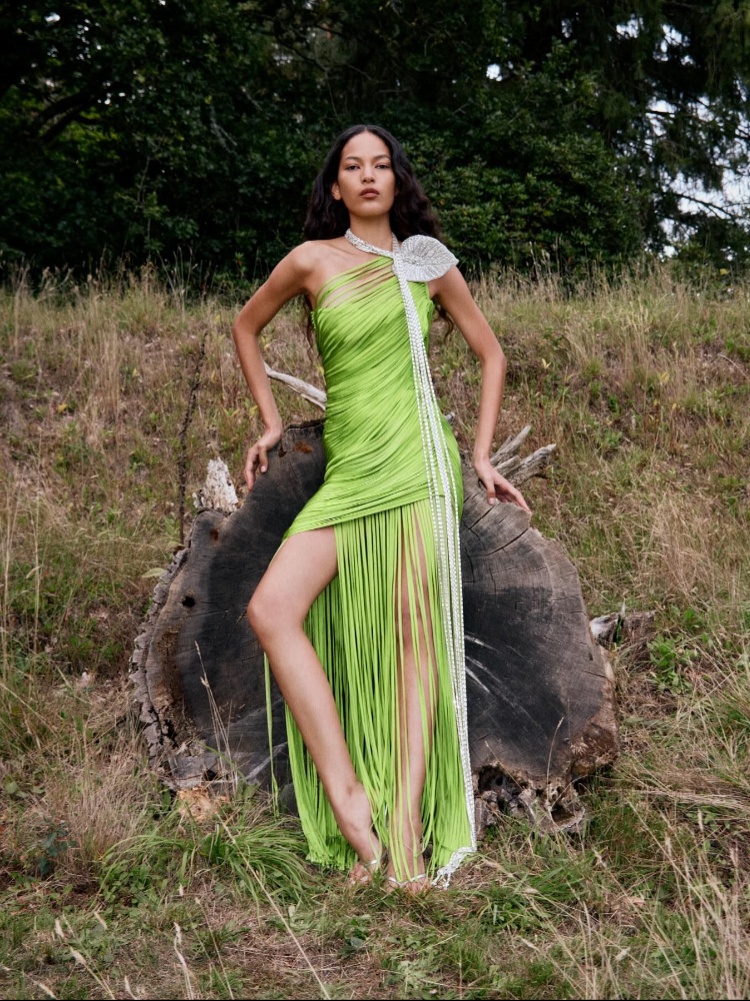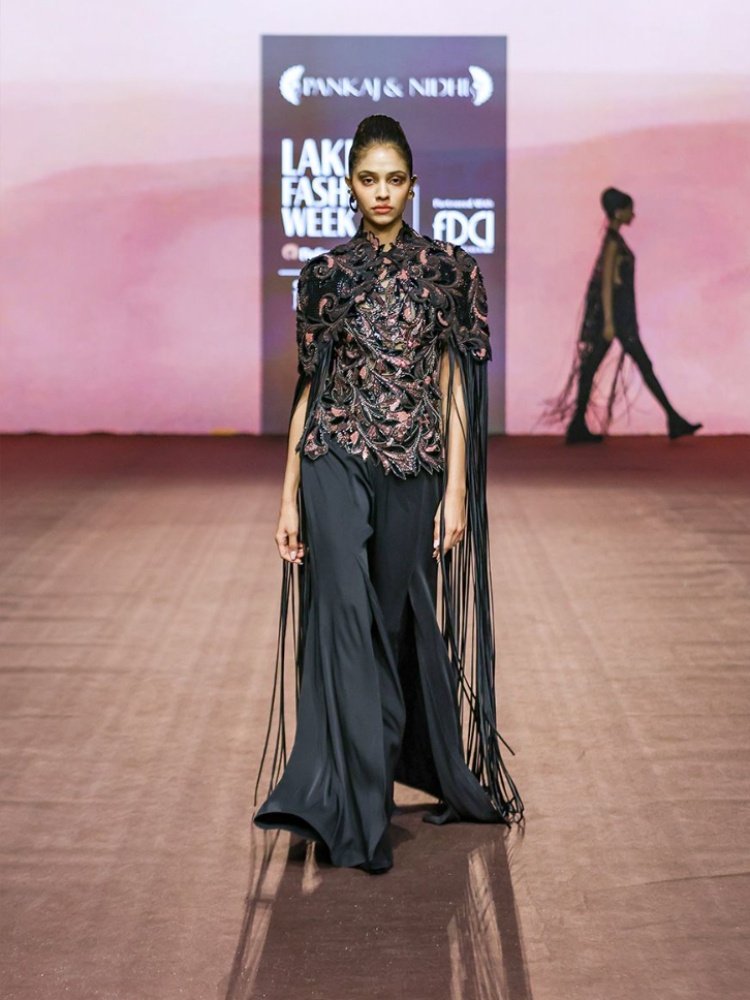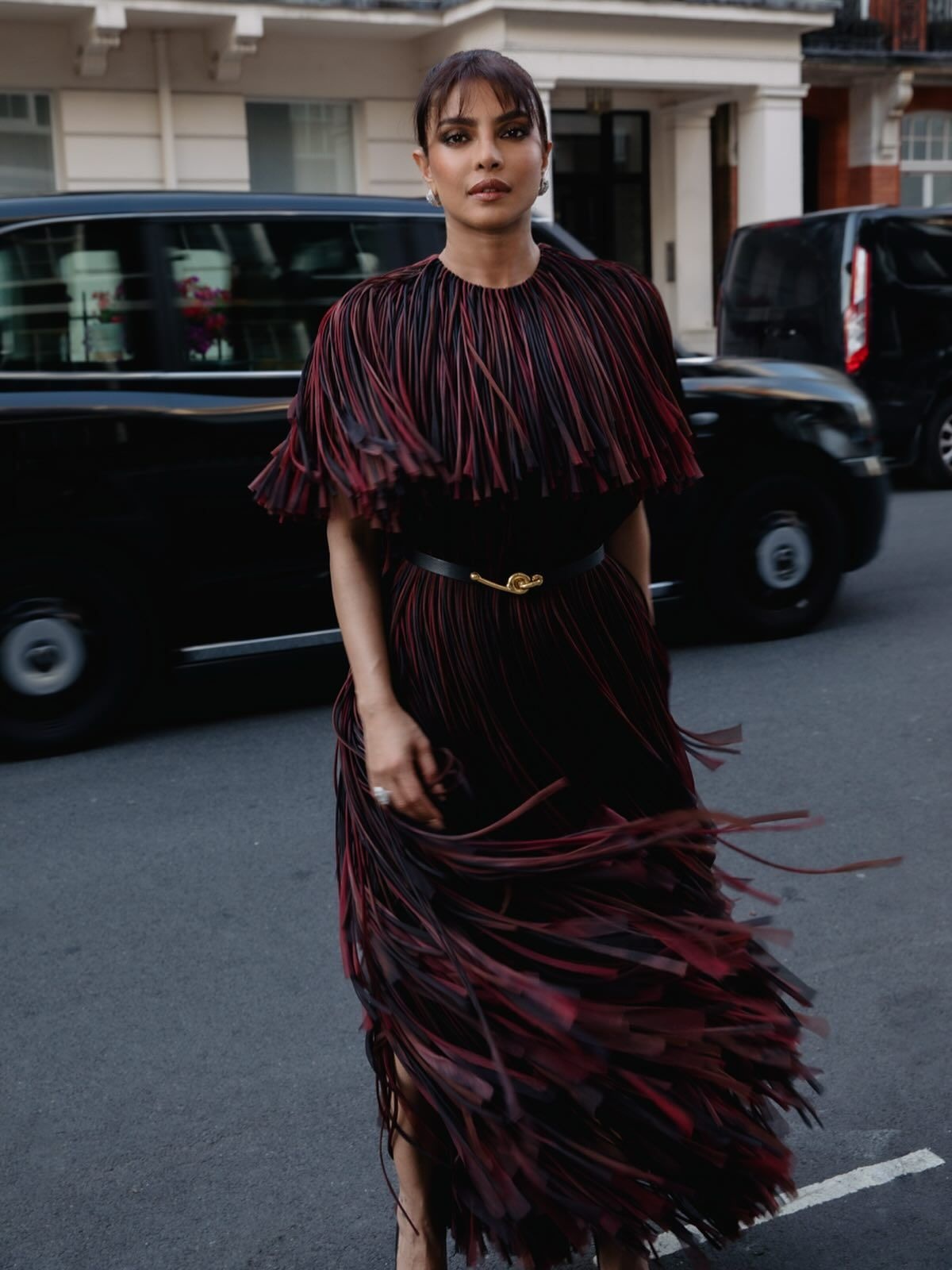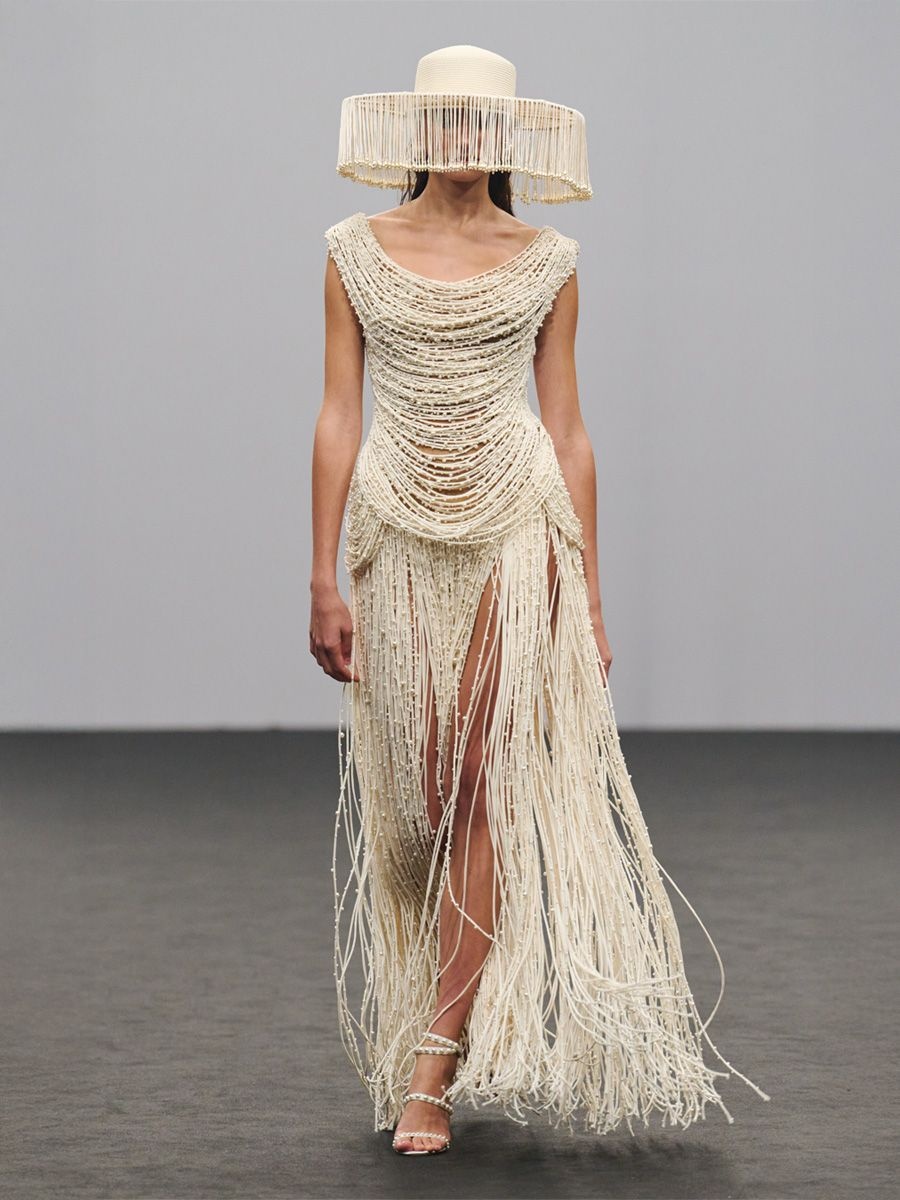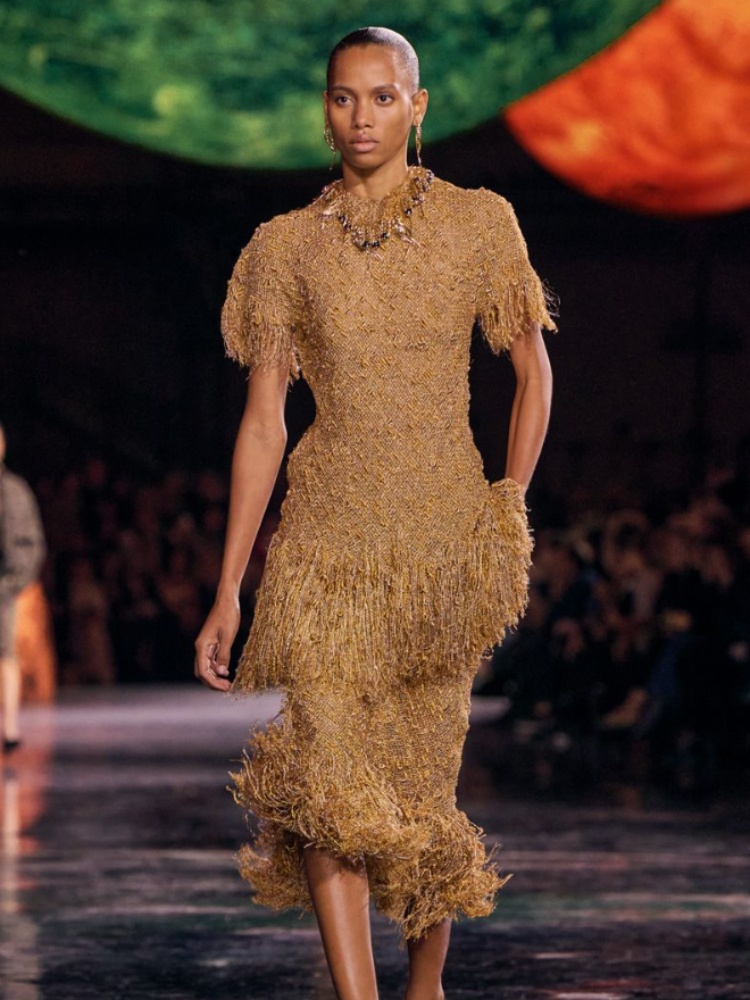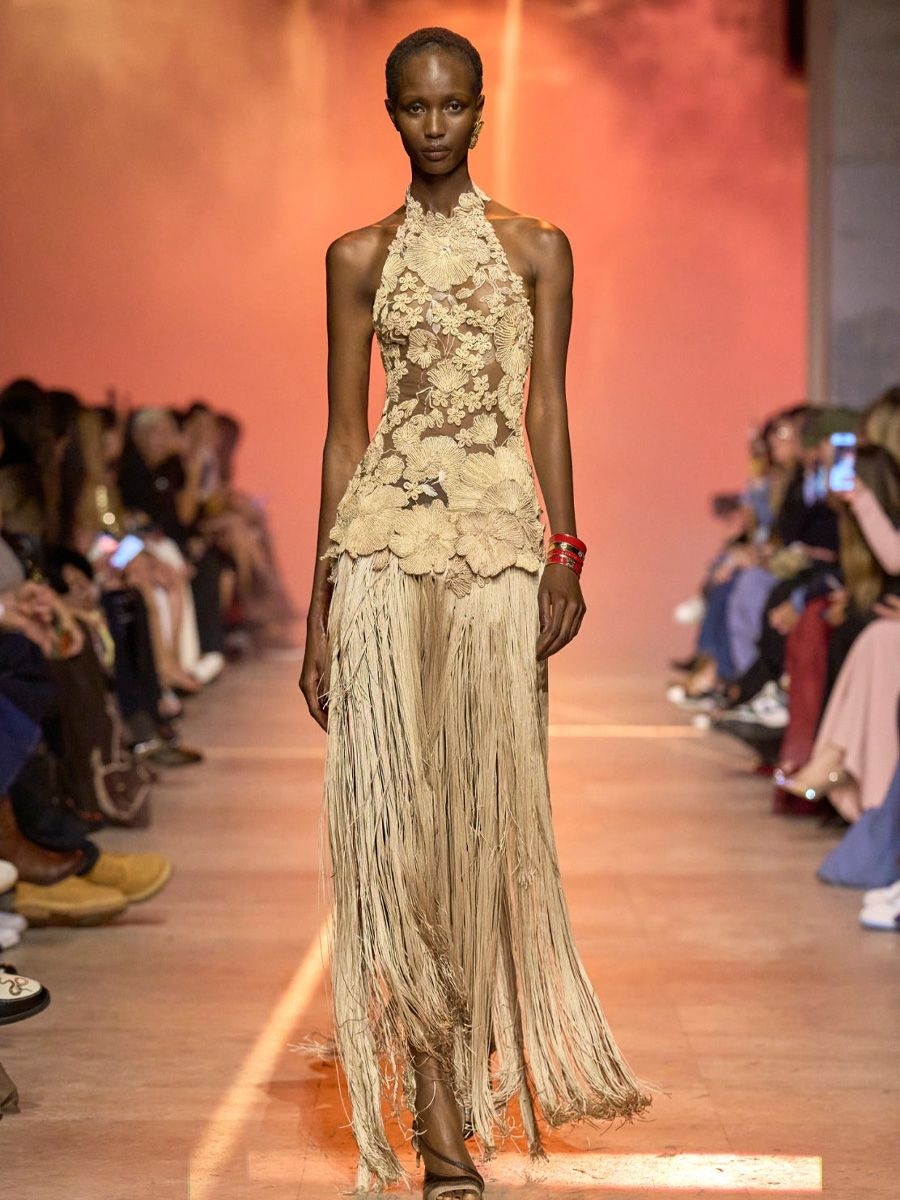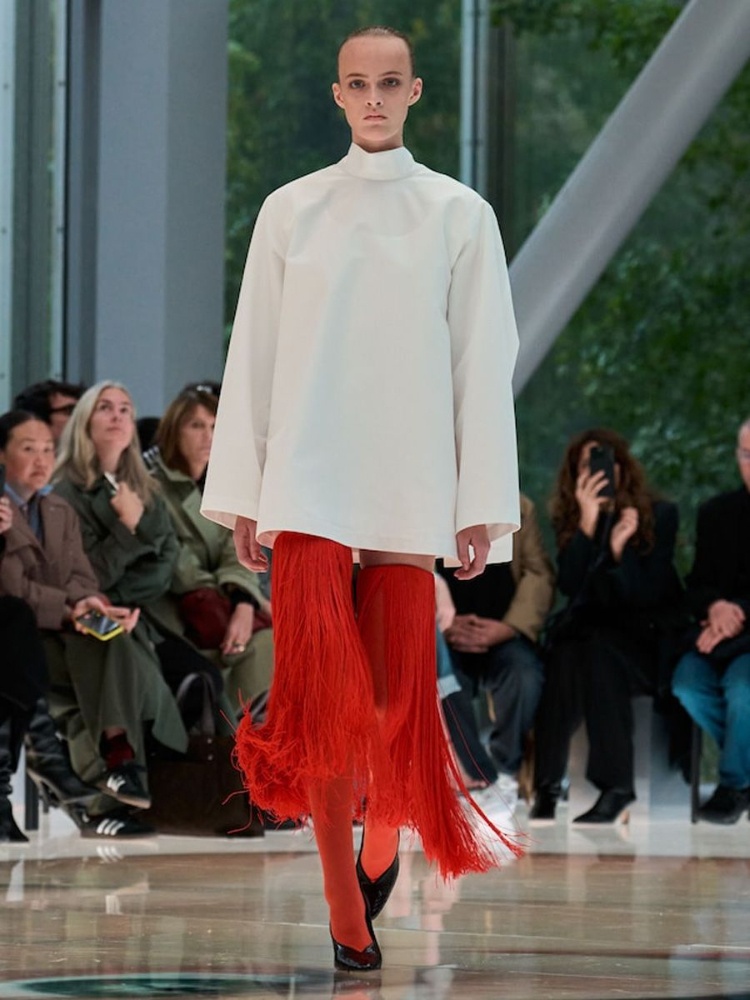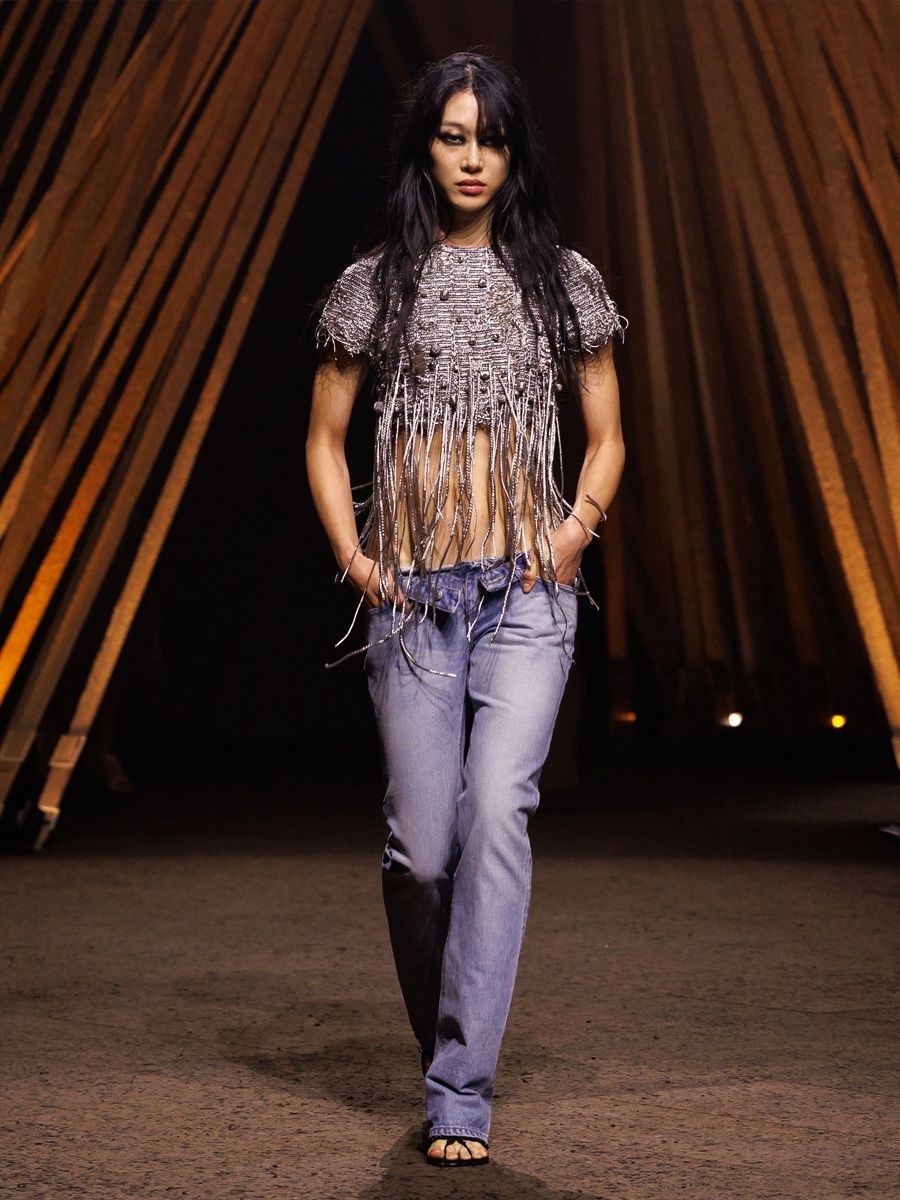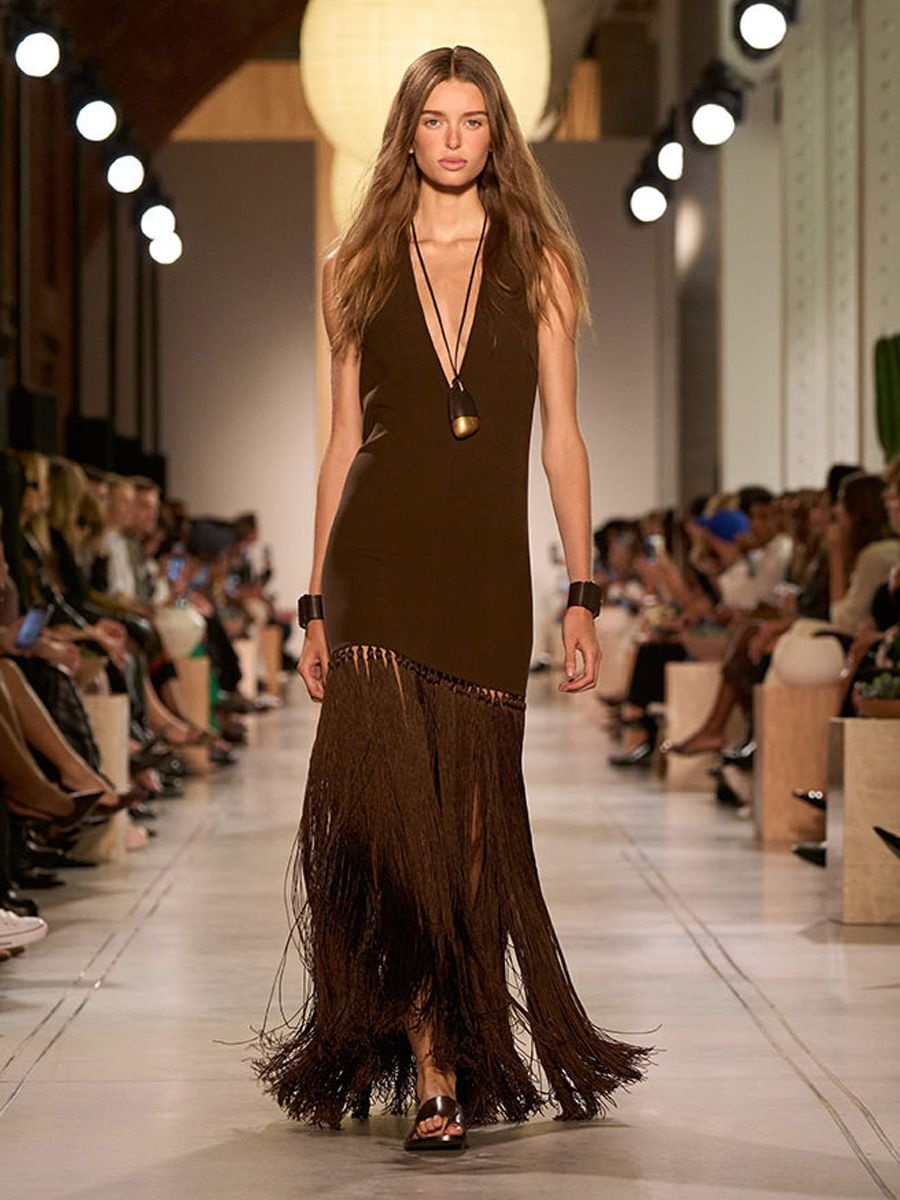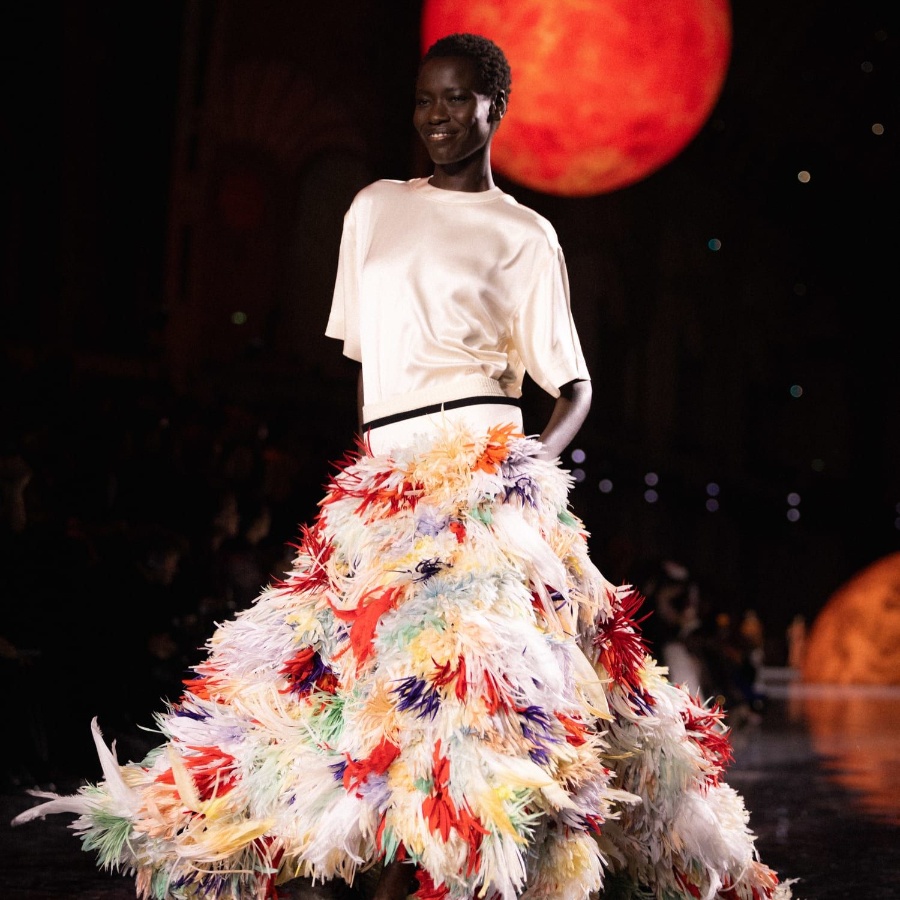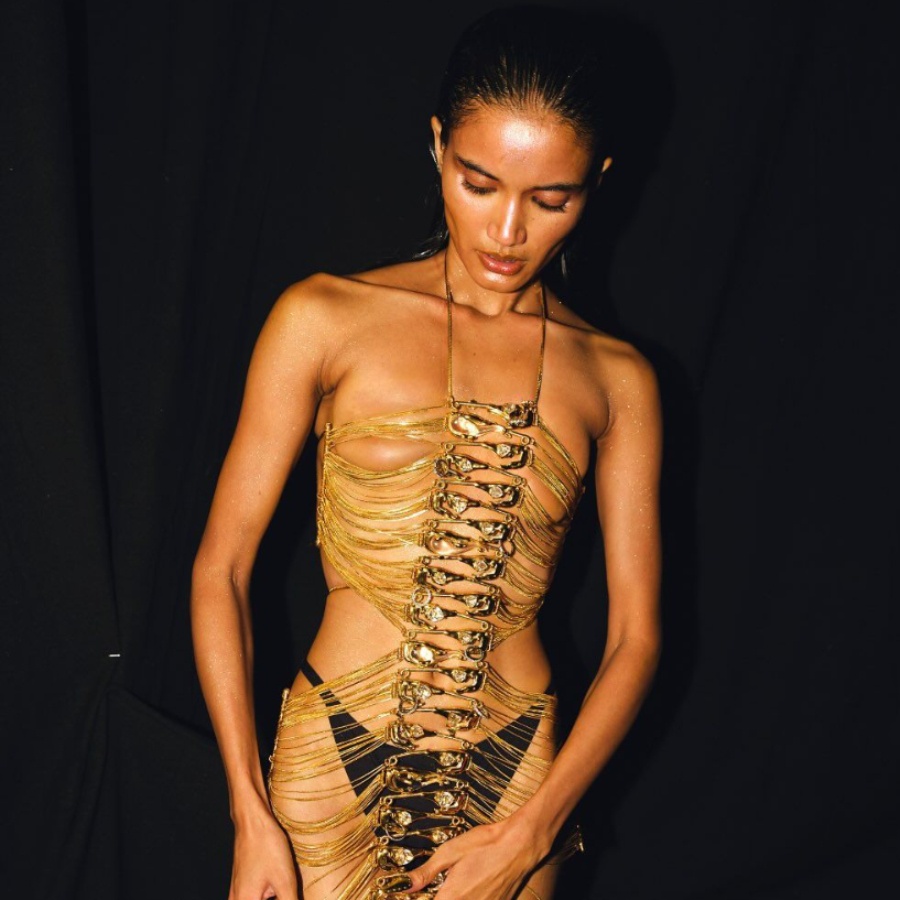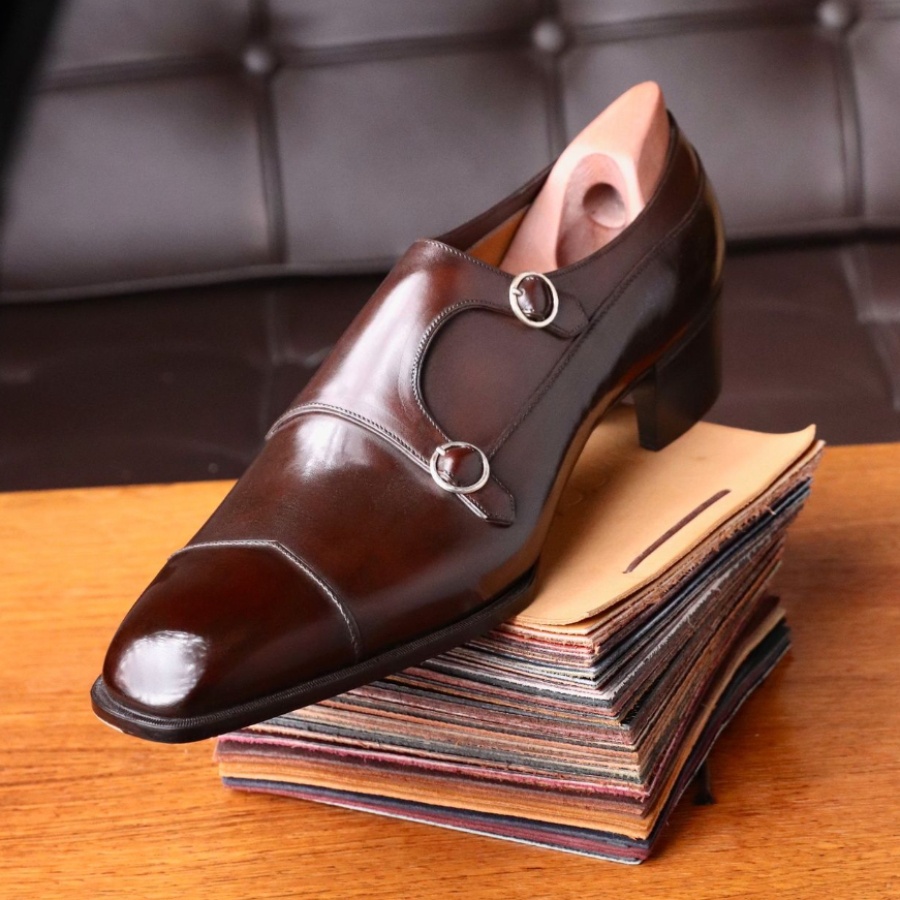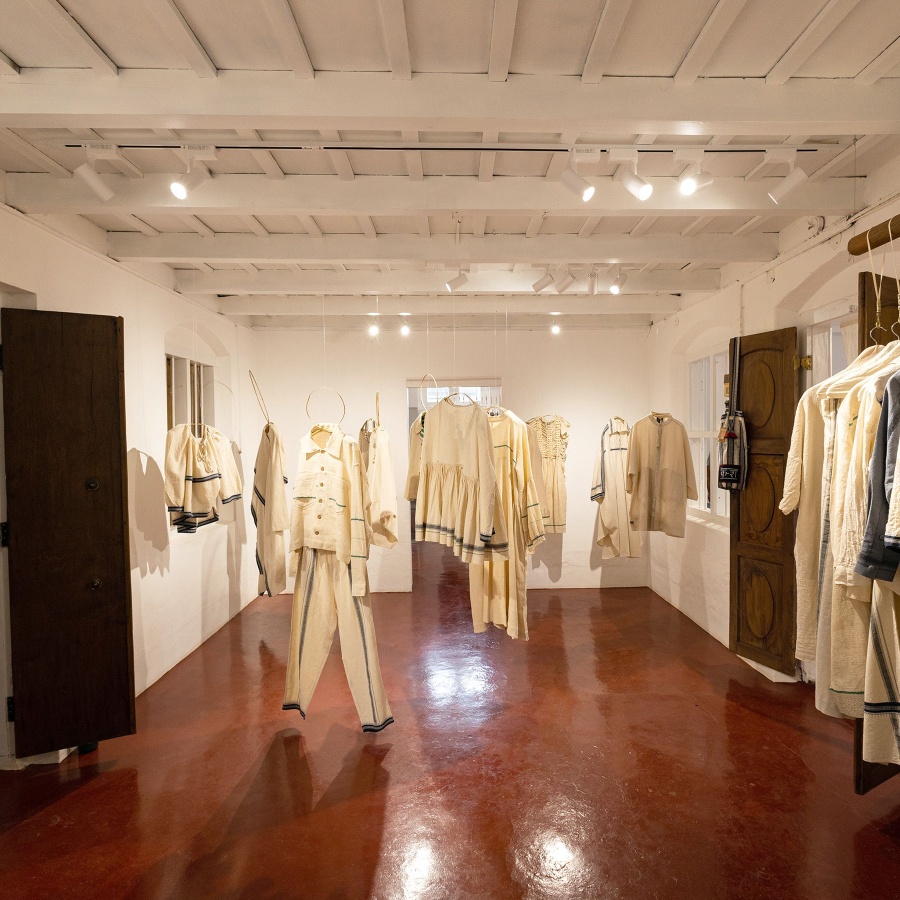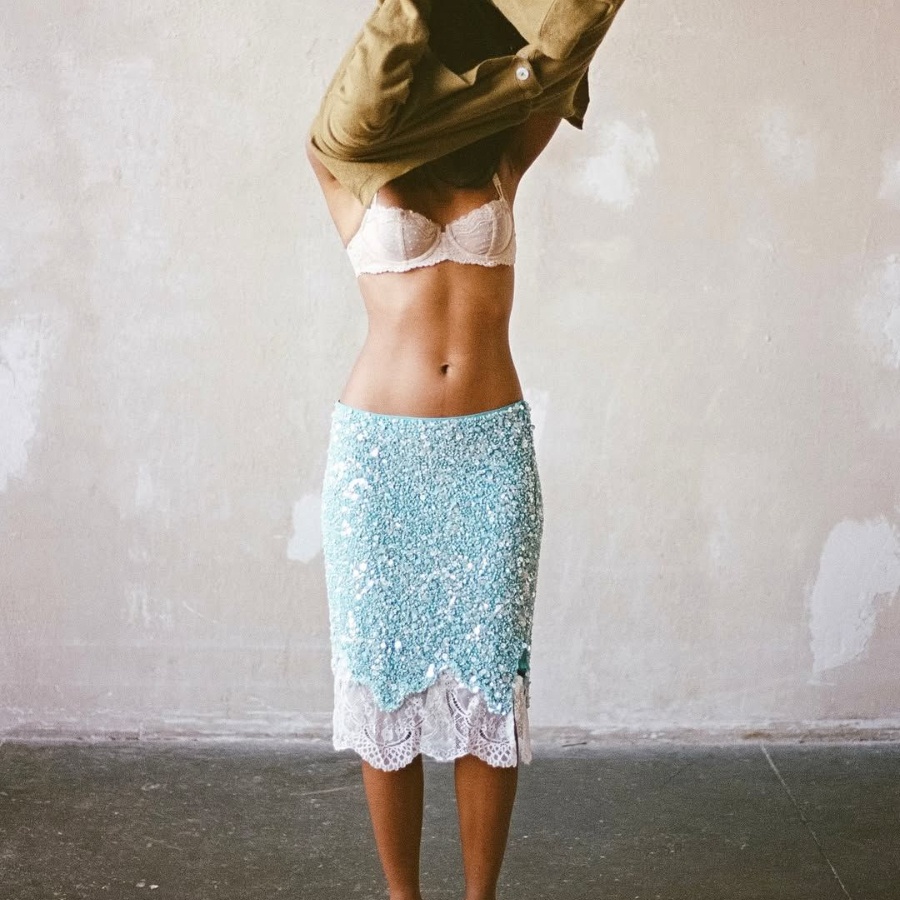When I think of fringe, my mental archives conjure up the following imagery: Downton Abbey’s beaded dresses, The Great Gatsby’s dancing girls in flapper frocks, and the obligatory Coachella suede vest. Fringe has always cycled through eras, veering from the late 1800s, when Charles Worth added tiers of fringe to his salon gowns, to later in the 1950s, when Emilio Pucci used it to bring a bohemian spin to his printed resort essentials. Over the last decade, however, ready-to-wear dropped the playful tassel in favour of clean lines and a kind of flat, algorithm-safe minimalism.
Now, motion is back. According to Tagwalk, fringe surged 93 per cent across New York Fashion Week for spring/summer 2026, while Lyst listed it as a trend whose return was part of a renewed interest in the “2010s revival” wave. This time around, though, the trend is aligned with our preference for a cleaner, more modern approach to style.
The 2026 version of fringe isn’t a beaded flapper or a boho influencer. It’s sleeker, sharper, and surprisingly wearable. As demonstrated in the season’s collections, the way to incorporate it goes beyond just adding it to a hemline. Now, designers are experimenting with material and volume, playing with texture and form to dramatic effect.
Glass and armour
At Milan Fashion Week, Louise Trotter’s debut for Bottega Veneta offered fringe with an industrial edge. Structured shirts met metallic skirts trimmed with fibreglass, woven through the house’s signature Intrecciato leatherwork, threaded with glossy strands. “It has the feeling of fur, and it moves like glass,” Trotter told Vogue. The result was fringe with architectural discipline—less boho, more biomech.
At Lakmé Fashion Week, Pankaj & Nidhi said they reimagined fringe as armour. “We liked the idea of taking something known for its softness and turning it into a symbol of strength,” said designers Nidhi and Pankaj Ahuja. “Protection doesn’t always have to look rigid.” They mixed silk and tulle with metallic threads, creating a molten, light-catching surface that felt both futuristic and fluid.
